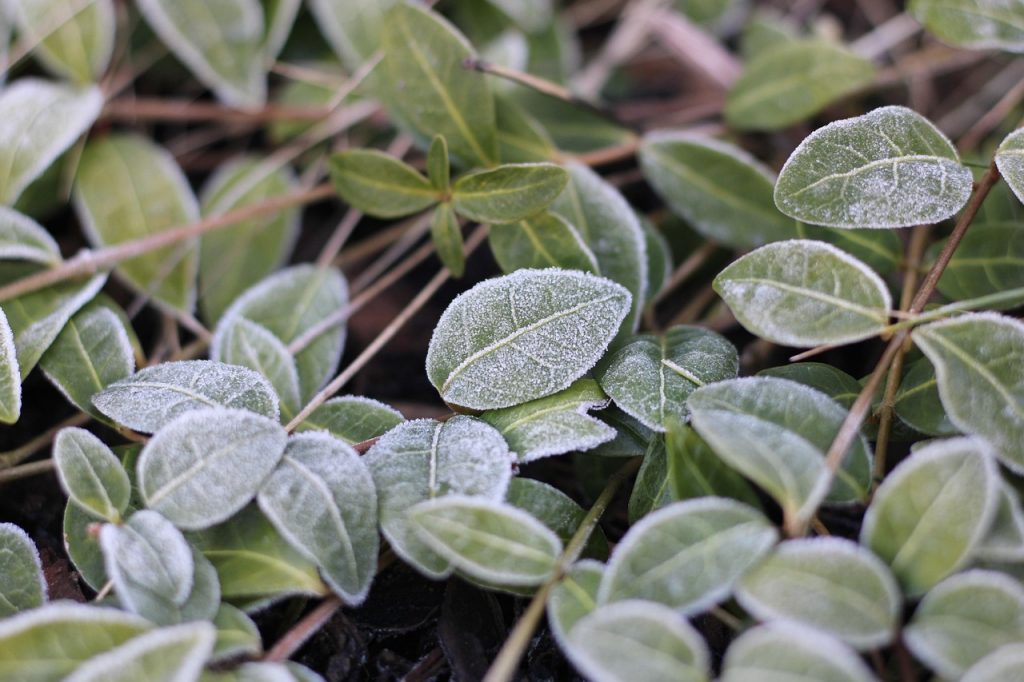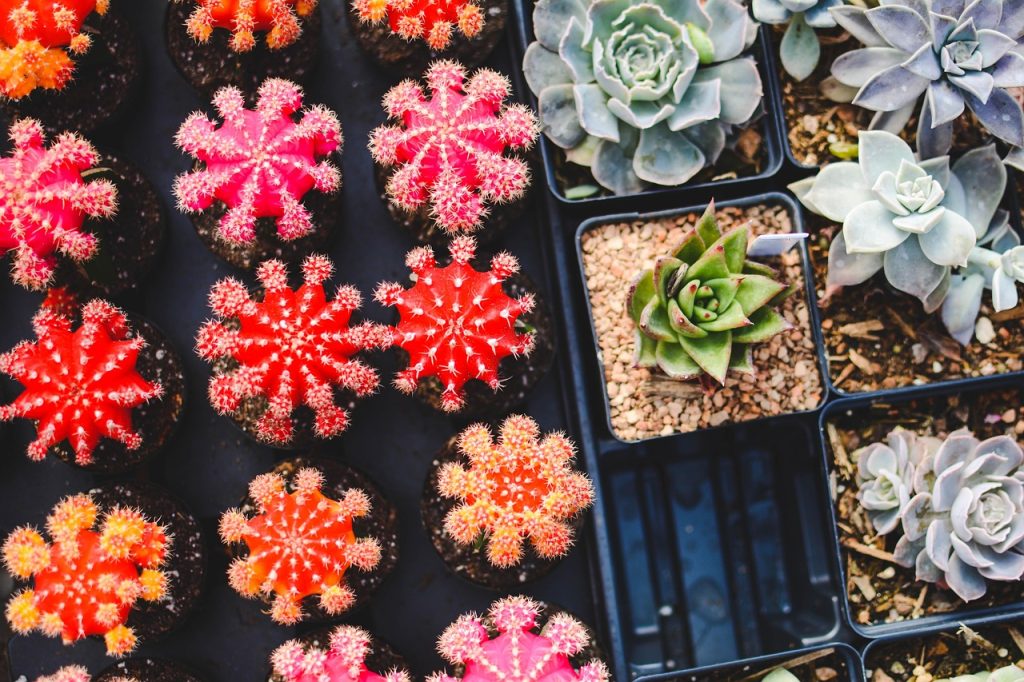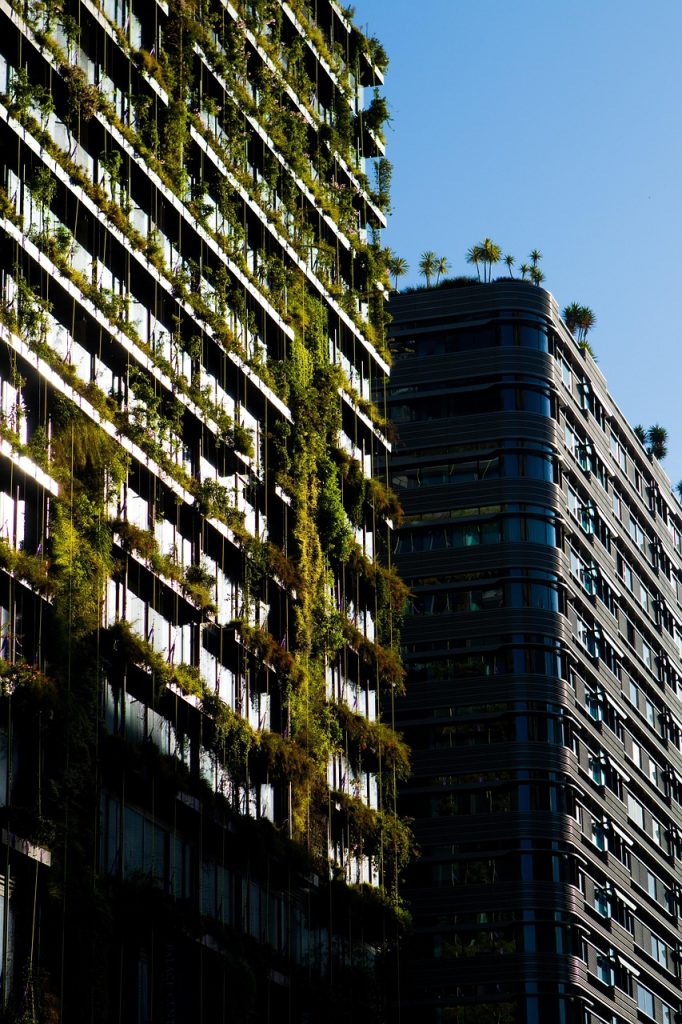Living in an apartment doesn’t mean you have to give up on the joy of gardening. With a little creativity and planning, you can turn your balcony, windowsill, or even your kitchen corner into a thriving green oasis. Apartment gardening for beginners is all about learning how to grow plants in limited space while adapting to light, air circulation, and container needs. Whether you want fresh herbs, colorful flowers, or small vegetables, it’s possible to garden successfully in an apartment setting.
This guide will walk you through the basics of starting your own apartment garden, from choosing the right plants to maintaining them in a small space.

Why Try Apartment Gardening?
Before jumping into the practical steps, it’s worth understanding why apartment gardening has become such a popular lifestyle trend:
- Stress relief: Plants have been proven to reduce stress, boost mood, and improve focus.
- Fresh food at home: Even a small garden can provide herbs, lettuce, or cherry tomatoes for your meals.
- Cleaner air: Indoor plants like peace lilies or snake plants filter toxins and increase oxygen levels.
- Aesthetic appeal: A splash of greenery instantly transforms dull corners into cozy, inviting spaces.
- Sustainability: Growing your own food reduces reliance on packaged produce and minimizes waste.
For beginners, apartment gardening is a fun and rewarding way to connect with nature without needing a backyard.
Step 1: Assess Your Space
The first step in apartment gardening is to evaluate what kind of space you have. Look carefully at:
- Balcony or Patio: Best for sun-loving plants. Hanging planters, railing baskets, and vertical garden racks work great here.
- Windowsills: Perfect for herbs and succulents that need sunlight.
- Kitchen Countertops: Great for microgreens, sprouts, and low-light herbs like mint.
- Living Room or Bedroom Corners: Shade-tolerant plants like snake plants, pothos, or peace lilies thrive here.
Even if you don’t have a balcony, you can still garden indoors with grow lights and creative arrangements.
Step 2: Understand Light Conditions
Light is the most critical factor for successful apartment gardening.
- South-facing windows get the most sunlight and are ideal for vegetables and flowering plants.
- East or west-facing windows provide moderate light, good for herbs and houseplants.
- North-facing windows usually have the least light; here, you’ll need shade-tolerant plants or artificial grow lights.
Beginners should observe how many hours of sunlight each spot gets daily and choose plants accordingly.
Step 3: Choose Beginner-Friendly Plants
Not all plants thrive indoors, but many are perfect for beginners in apartments. Some easy options include:
Herbs
- Basil, mint, cilantro, chives, parsley, and thyme.
- Small pots or windowsill planters work best.
Vegetables
- Cherry tomatoes, peppers, radishes, lettuce, spinach, and green onions.
- Grow in containers or fabric grow bags.
Flowers
- Marigolds, petunias, geraniums, and begonias.
- Add color and attract pollinators if you have a balcony.
Houseplants
- Snake plant, pothos, ZZ plant, aloe vera, peace lily.
- Very low-maintenance and great air purifiers.

Step 4: Pick the Right Containers
Containers are the backbone of apartment gardening. You don’t need expensive pots—anything with good drainage can work, from terracotta pots to recycled buckets.
- Small herbs: 6-inch pots or rectangular window boxes.
- Vegetables: 8–12 inch pots, grow bags, or raised containers.
- Hanging plants: Hanging baskets or wall-mounted planters to save floor space.
Always ensure your containers have drainage holes to prevent waterlogging.
Step 5: Use Quality Soil and Fertilizer
Apartment gardens rely on containers, so the soil quality matters more than in outdoor gardens. Use a lightweight, well-draining potting mix instead of regular garden soil.
- For vegetables: Use a nutrient-rich organic potting mix.
- For houseplants: Choose a mix specific to indoor plants or succulents.
- Fertilizer: Add liquid fertilizer every 2–3 weeks for herbs and veggies, and slow-release fertilizer for houseplants.
Step 6: Watering Correctly
One of the biggest mistakes beginners make is overwatering. Since containers hold limited soil, water evaporates faster, but excess water can suffocate roots.
- Stick your finger into the soil—if the top inch feels dry, it’s time to water.
- Use self-watering planters if you travel often.
- Group plants together to maintain humidity indoors.
Step 7: Maximize Small Spaces
When gardening in an apartment, space is often the biggest challenge. Luckily, there are plenty of creative ways to maximize it:
- Vertical gardening: Use wall racks, shelves, or hanging planters.
- Rail planters: Attach them to balconies or windows for extra room.
- Stackable pots: Great for growing multiple herbs in one spot.
- Hydroponics kits: Compact systems that allow you to grow plants without soil indoors.
Step 8: Common Challenges and Solutions
Apartment gardeners often face some hurdles. Here’s how to solve them:
- Low light: Use LED grow lights to supplement sunlight.
- Limited space: Choose compact or dwarf plant varieties.
- Pests: Indoor plants can still attract pests like aphids or spider mites. Use neem oil spray or insecticidal soap.
- Dry indoor air: Mist plants or place a humidity tray nearby.
Step 9: Create a Routine
Consistency is key to gardening success. Beginners should create a simple routine:
- Morning check: Observe plants, check soil moisture, and adjust sunlight.
- Weekly care: Fertilize, prune, and clean leaves.
- Monthly care: Repot plants that outgrow their containers, and refresh soil when needed.
The more regularly you care for your plants, the healthier they’ll be.

Benefits Beyond Gardening
Apartment gardening does more than provide fresh herbs and flowers. It creates a mindful hobby that helps you disconnect from stress. Many beginners find it rewarding to watch seeds sprout, leaves unfurl, and flowers bloom. Gardening also makes apartments more lively, improves indoor air quality, and gives you a sense of accomplishment when you cook with your own harvest.
Final Thoughts
Apartment gardening for beginners is all about making the most of small spaces, limited light, and creative arrangements. With the right choice of plants, containers, and care routines, you can grow a thriving garden even in the smallest apartment. Start simple with herbs or a few easy houseplants, and as you gain confidence, experiment with vegetables, flowers, and vertical gardens.
Remember, gardening is a journey. Even a single pot of basil on your windowsill is a small step toward a greener, healthier, and happier lifestyle.